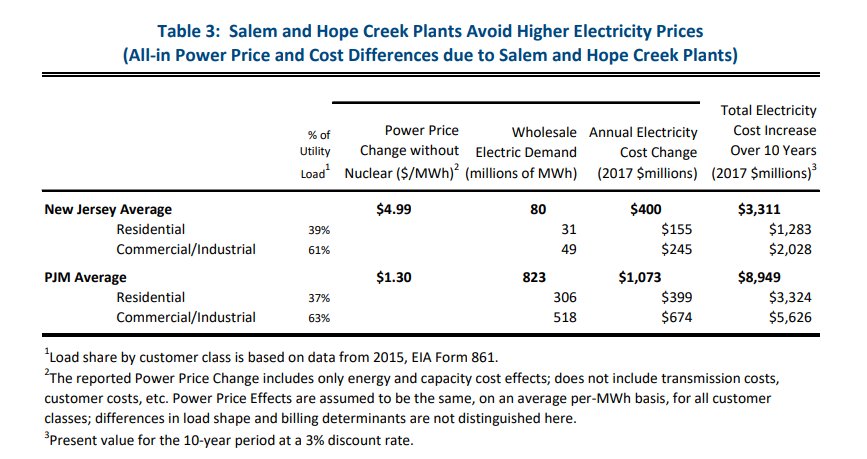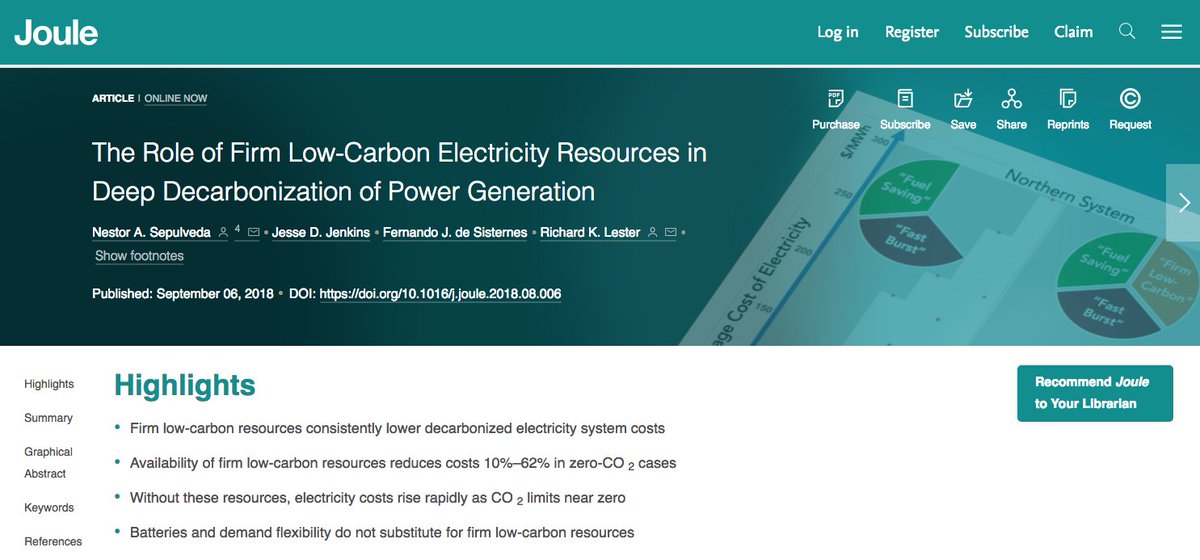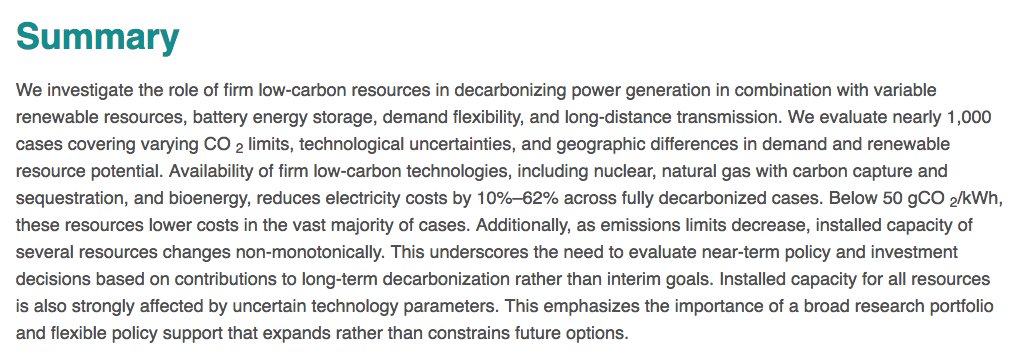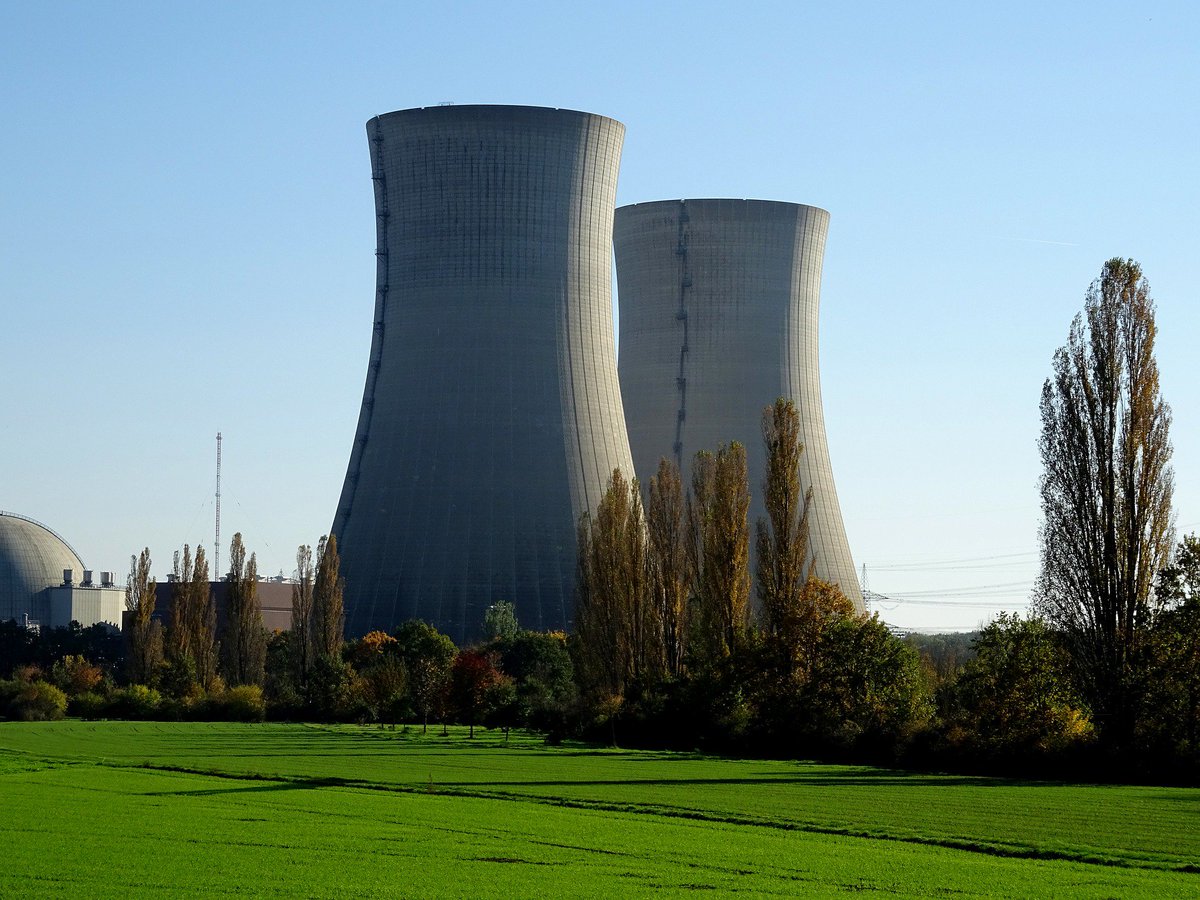Good questions @RedsforNamesake. If confronting #climate change is your priority, it is imperative to ramp up carbon-free energy asap.
1. NJ will now ramp up renewable energy from 13% in 2017 and 20% by 2020 under old RPS to 35% by 2025 & 50% by 2030. Impressive leadership.
1. NJ will now ramp up renewable energy from 13% in 2017 and 20% by 2020 under old RPS to 35% by 2025 & 50% by 2030. Impressive leadership.
External Tweet loading...
If nothing shows, it may have been deleted
by @RedsforNamesake view original on Twitter
2. To ensure that this new clean energy replaces fossil fuels and contributes to #climate mitigation goals, NJ's new laws also make payments to ensure the continued operation of 3 South Jersey nuclear reactors that currently supply 31% of the state's electricity consumption.
2. Cont.: That measure is essential and ensures that nearly all of the new clean energy growth over the next 12 years builds on top of the fossil-free foundation provided by the state's existing nuclear plants.
2. Cont.: A fourth reactor, the Oyster Creek plant in North Jersey, will still retire as scheduled in 2019. This is the oldest operating nuclear plant in the country and will be 50 when it retires. It provides another 6% of electricity consumed in New Jersey.
3. If instead, all of New Jersey's nuclear plants closed, 100% of the new renewable energy under this bill would be wasted replacing carbon-free nuclear. Instead of getting to >80% fossil-free electricity in 2030, the state would be at only 50%—exactly the share as today!
3. Cont.: Let me say that again: if the New Jersey legislature had not preserved the South Jersey nuclear plants, EVERY MEGAWATT-HOUR of new renewable energy built under the 50% renewable portfolio standard over the next TWELVE YEARS would be WASTED replacing carbon-free nuclear.
3. Cont.: This is exactly why it is an absolute #climate imperative that #climatehawks do everything they can to keep existing nuclear plants running wherever and whenever it is safe to do so. Closing nuclear plants wastes precious time we just cant afford thirdway.org/memo/nuclear-c…
4. So is the cost worth it? Well, yes, if you care about climate change. Full stop. The alternative is that New Jersey wastes 12 years of clean energy progress paying of the climate debt incurred by closing down their nuclear plants.
4. Cont.: The zero emissions credits paid to New Jersey nuclear plants will raise rates by less than half a cent per kilowatt-hour (0.4 cents to be exact). That works out to $3.41/month or 3% for the average PSEG customer electricrate.com/residential-ra…
4. Cont.: Not to be too simplistic about it, but are we willing to pay about the cost of one latte per month to try to stave off the worst effects of climate change? I sure as hell am.
(And I say that as an owner of a coffee shop who simply can't survive without coffee!)
(And I say that as an owner of a coffee shop who simply can't survive without coffee!)

5. In relative terms, the subsidy is about $13 per megawatt-hour. That's far below state support offered to new renewables (esp. rooftop solar) & less than the $23 per megawatt-hour federal production tax credit. Existing nuclear is a cost-effective source of carbon-free power.
6. In sum: New Jersey's successful effort to ramp up new renewables and preserve the fossil-free foundation provided by their existing nuclear plants is a model for #climate progress for other states and countries around the world. Bravo.
p.s. Also worth noting: @TheBrattleGroup estimates closure of Salem & Hope Creek plants would raise electricity prices and cost New Jersey ratepayers ~$400m/year. Even if estimate is +/- 50% accurate, important context for the $300m/yr subsidy cost. files.brattle.com/files/11755_sa… 

unroll please
• • •
Missing some Tweet in this thread? You can try to
force a refresh











